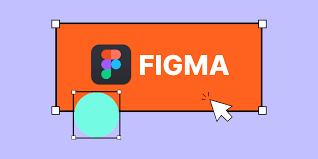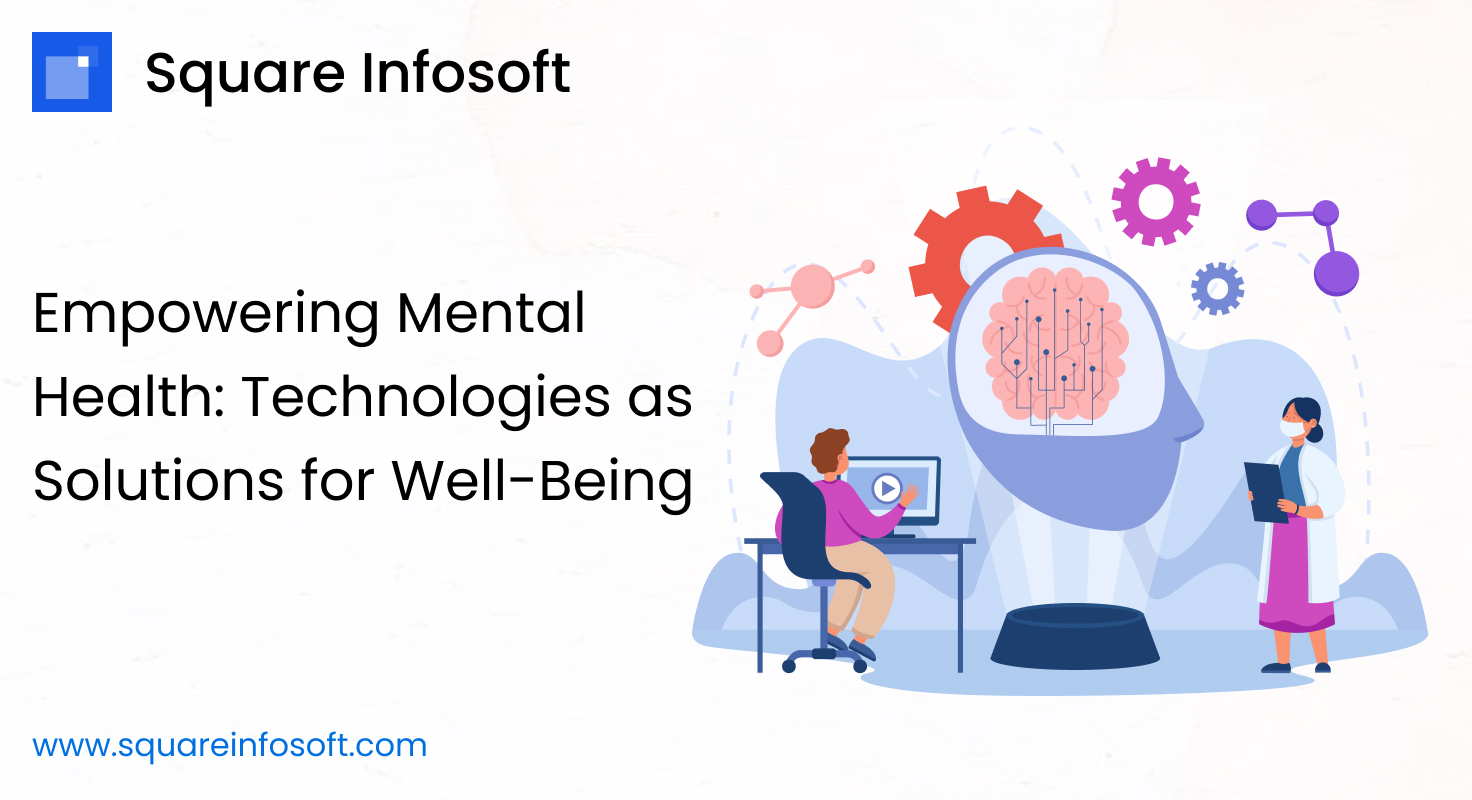Figma is a leading design tool known for its powerful features, collaboration capabilities, and user-friendly interface. Here are the advantages of using Figma design in detail:
- Cross-Platform Compatibility:
- Figma is a web-based design tool accessible through a web browser, making it platform-agnostic. Users can access Figma from any operating system, including Windows, macOS, and Linux, without the need for platform-specific installations or compatibility issues.
- Real-Time Collaboration:
- One of Figma’s standout features is its robust real-time collaboration capabilities. Multiple team members can work on the same design file simultaneously, seeing each other’s changes in real-time. This fosters seamless collaboration, eliminates version control issues, and enables teams to work together efficiently, regardless of their physical location.
- Cloud-Based Design:
- Figma operates entirely in the cloud, which means that design files are stored online and accessible from anywhere with an internet connection. This allows for easy file sharing, version history tracking, and automatic syncing across devices. Additionally, it eliminates the need for manual file backups and ensures that everyone is working with the latest version of the design.
- Prototyping and Interactive Design:
- Figma offers robust prototyping features that enable designers to create interactive prototypes of their designs seamlessly. Designers can link different frames together to simulate user flows, define interactions such as transitions and animations, and create clickable prototypes for user testing and validation.
- Design Systems and Components:
- Figma supports the creation and management of design systems, allowing designers to create reusable components, styles, and assets that can be shared across projects. This promotes consistency in design, streamlines the design process, and ensures that design elements are easily maintainable and updatable.
- Vector Editing and Graphic Design Tools:
- Figma provides powerful vector editing and graphic design tools that allow designers to create complex shapes, illustrations, icons, and UI elements with precision. Designers can leverage features such as Boolean operations, vector networks, and advanced pen tools to create intricate designs directly within Figma.
- Developer Handoff:
- Figma simplifies the developer handoff process by providing features that allow designers to generate design specs, export assets, and provide detailed annotations directly within the design file. This streamlines communication between designers and developers, reduces misunderstandings, and ensures accurate implementation of the design.
- Plugins and Integrations:
- Figma has a growing ecosystem of plugins developed by both Figma and third-party developers. These plugins extend Figma’s functionality, allowing designers to integrate with other tools and services, automate repetitive tasks, access design resources, and enhance their workflow according to their specific needs.
- Community and Resources:
- Figma boasts a vibrant and active community of designers who share resources, collaborate on projects, and provide support and feedback. The Figma Community platform allows designers to discover and share design files, UI kits, templates, and tutorials, fostering a collaborative and inclusive design community.
In summary, Figma offers numerous advantages for designers, including cross-platform compatibility, real-time collaboration, cloud-based design, prototyping capabilities, support for design systems, powerful vector editing tools, developer handoff features, an extensive ecosystem of plugins, and a thriving design community. These advantages make Figma a preferred choice for design teams looking to streamline their workflow, collaborate effectively, and create high-quality designs efficiently.




